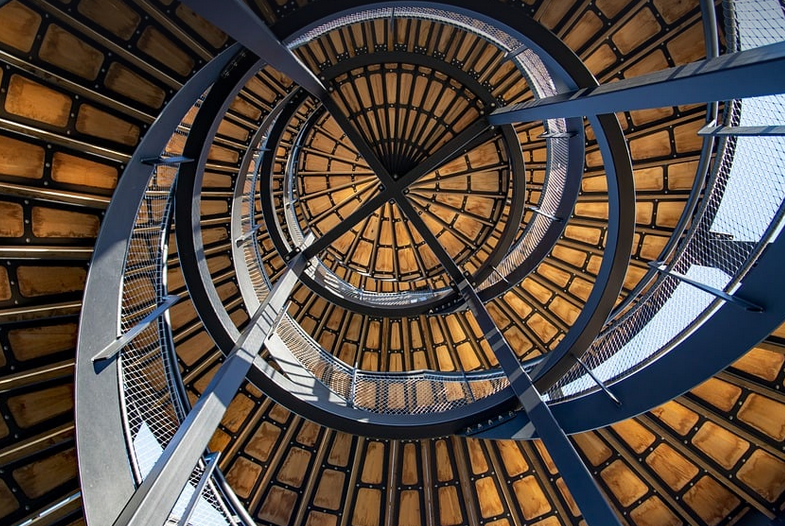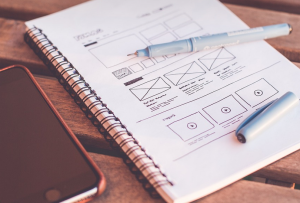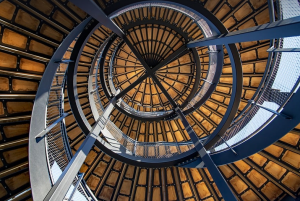
Dive into the Dynamic World of Continents and Earthquakes
Ever wondered why continents drift across the globe like giant puzzle pieces? Ever felt a tremor in your bones that sent chills down your spine, wondering what caused the sudden jolt? The answer lies within the fascinating realm of **plate tectonics** – a powerful force shaping our planet’s landscape and history.
Plate tectonics is essentially the grand stage on which Earth’s dynamic surface unfolds. Our planet isn’t a single, solid shell; it’s made up of about a dozen major plates and countless smaller ones, constantly moving and interacting. Imagine them as the colossal pieces in a giant jigsaw puzzle, shifting and colliding with each other over millions and billions of years.
These massive plates are not just static chunks; they’re incredibly active! The Earth’s internal heat creates constant movement within the planet’s mantle. This motion forms convection currents, like hot air rising in a balloon, causing these tectonic plates to glide across the globe’s surface.
As these plates collide, they generate immense pressure and friction, leading to dramatic geological events. Earthquakes are one of the most visible manifestations of this interaction. Each earthquake’s intensity is directly related to the amount of stress built up on the Earth’s crust by the movement of those massive plates.
Exploring the Dynamics of Plate Movement
So, how can we understand and explore these intricate relationships between continents and their geological movements? Let’s delve into some exciting ways students can engage with this dynamic field:
**Interactive Simulations:**
Simulations are a fantastic tool for anyone. These interactive models allow you to witness the fascinating dance of tectonic plates firsthand. By manipulating the positions and movements of these plates, students can observe how earthquakes, volcanic eruptions, and mountain ranges form.
Experiment with Real-life Examples:
The real world is a great classroom for learning about plate tectonics. Students can explore geological maps and atlases to identify major tectonic plates and trace their movement across continents. This helps them understand the geographic locations of the most famous volcanoes, earthquakes, and mountain ranges.
**Field Trips:**
There’s nothing quite like experiencing the science firsthand! Taking students on field trips to geological landmarks where tectonic plates meet is an excellent way to solidify their learning. Students can see volcanic cones, observe fault lines, and even witness active volcanoes firsthand!
Student-Led Projects & Research
The world of plate tectonics extends far beyond just the basics. For students seeking deeper comprehension and exploration, engaging in hands-on projects and research offers valuable learning experiences.
Interactive Project Ideas:
**Earthquake Simulator:**
Create a simple but realistic earthquake simulator using everyday materials like cardboard boxes and various weights to simulate the force of an earthquake. This allows students to understand the dynamics of earthquakes and their potential impact on structures.
**Volcano Simulation:**
Construct a volcano model, exploring how volcanic activity occurs as magma builds up within the Earth’s mantle and erupts through the crust.
**Mapping Plate Boundaries: **
Use online mapping tools to create interactive maps of plate boundaries. Students can explore real-world data and visually understand the dynamic interactions between continents and tectonic plates that shape our planet.
Research and Inquiry Projects:
Take a deep dive into specific geological phenomena like the formation of the Himalayas or the movement of the Ring of Fire. Students can research, analyze data, and connect their findings to real-world examples.
**Investigating Historical Earthquakes:**
Explore historical earthquakes that have shaped our world. Students can study how these events affected communities, infrastructure, and even cultural history.
**Comparing Geological Processes: **
Compare different geological processes like tectonic plate collisions or volcanic eruptions to understand their unique characteristics and impact on the Earth’s surface.
The Rewards of Understanding Plate Tectonics
As students delve into the fascinating world of plate tectonics, they unlock a deeper appreciation for the dynamic nature of our planet. Understanding how continents move and interact helps us better understand:
* **Earthquakes and Volcanoes:** Real-world examples help students understand why these natural disasters occur. Students can learn about earthquake preparedness and volcanic hazard mitigation.
* **Coastal Erosion and Landform Formation:** Plate tectonics plays a crucial role in shaping coastlines, mountains, and even our understanding of the Earth’s interior.
* **Global Climate Change:** Understanding how plate tectonics influences climate patterns helps students grasp the complexities of this global challenge.
**The Future is Dynamic:**
As we continue to explore and understand the Earth’s dynamic nature, plate tectonics will remain a fundamental concept in geology. These explorations not only provide valuable insights into our planet’s past but also equip students with essential knowledge for navigating the challenges and opportunities of an ever-evolving world.
Let’s keep exploring! The journey of discovery is never-ending, offering a wealth of learning experiences that shape future generations. As we continue to unravel Earth’s secrets, we open doors to new discoveries and a deeper understanding of our place in the vast expanse of our planet.



